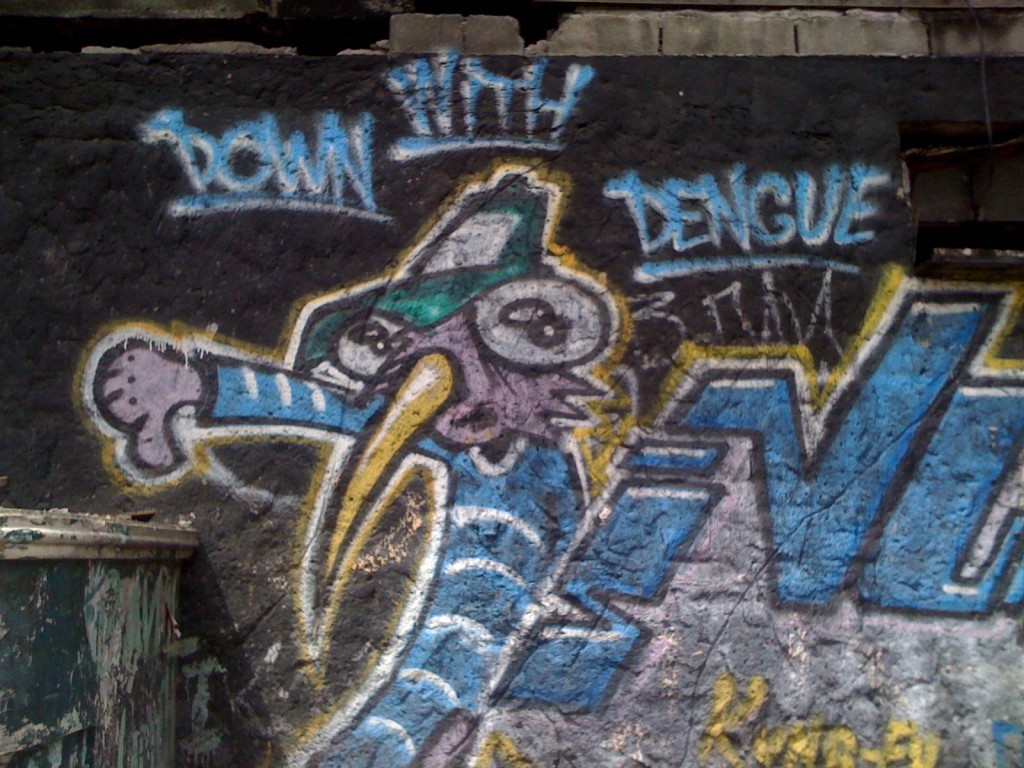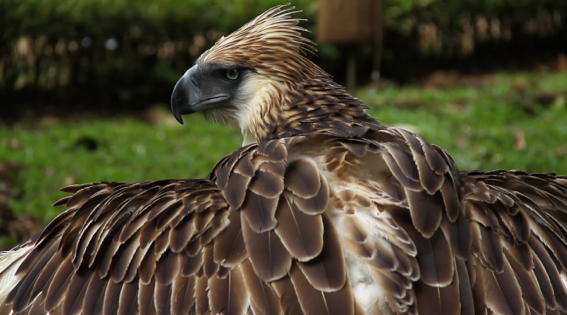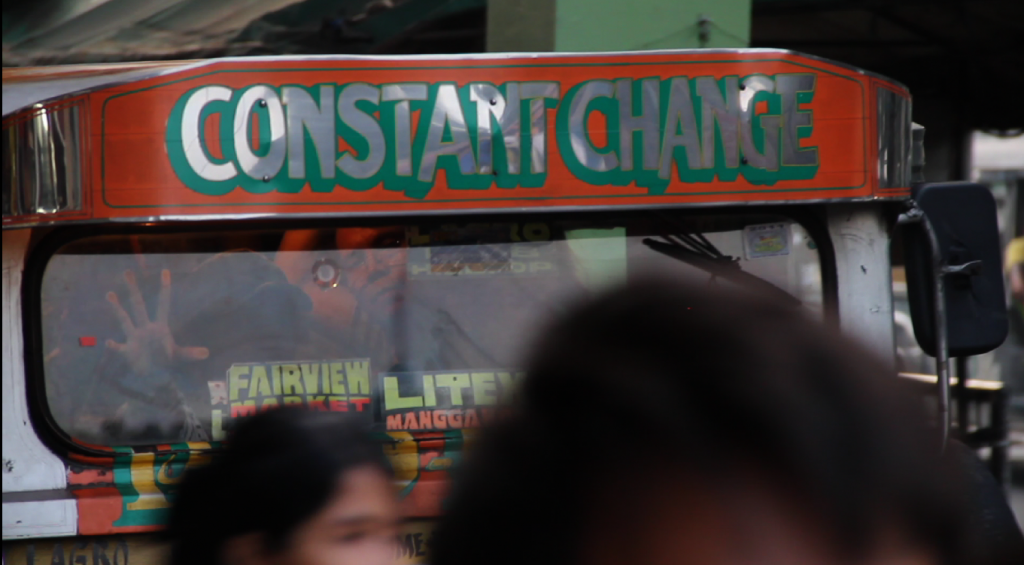
Contrary to popular belief, we have not been neglecting the blog because we were laying out a beach, vacationing. No, actually Esy’s been laying out in the hospital with Dengue Fever. Dengue is a virus that overpopulation has made an ever increasing threat. Growing population density allows for rapid transmission of the virus from human to mosquito to human. So, in an imploding city like Manila, you can imagine the danger. Everything is fine now, but please forgive our delay in posting. We’re back and, barring health problems and hurricanes, we will be posting regularly.
The transit strike that we reported in the last post did not succeed in paralyzing the city. However, it did succeed in crippling certain jeepney routes. The strike was much more successful in the provinces where, in some places, transport was brought to a stand still. Part of the reason for the lack of participation was reported intimidation of jeepney fleet operators by the government who threatened operators allowing more than 50% of their drivers to participate with revocation of their franchises. The value added tax and inflated prices of oil are still a point of contention between the government and the public with no real resolution in sight.

(photo courtesy of the Inquirer)
And then hurricane Pedring (aka Nesat in international circles) hit two days ago. The storm swept Luzon leaving a wake of devastation. Areas north of Manila were hit the hardest and it will take a long time to reconstruct and restore “normalcy”. A reported 18 people have died and 35 are missing. However, as in all places experiencing disaster, reported numbers reflect only those who are being looked for. Victims of the storm who live on the streets or in informal settlements most likely go uncounted.
Metro Manila saw severe flooding in low lying areas and power is still out in many parts of the city. In Manila Bay, 5 star hotels saw their patrons wading through waist high water and the US embassy needed to be evacuated. This is my favorite quote from the Inquirer reports on the storm, “The hitherto impregnable compound of the US Embassy in Manila was submerged Tuesday in waist-deep water, pushing more than 100 construction workers and employees of the world’s superpower to call for help.”
We are bracing ourselves for another hurricane due to hit Luzon in the next 24hours. Hopefully it will just float off to sea. If not…we might be MIA again. Keep the Philippines in your thoughts for the next few days.
———————————————————————————————————
a quick note from esy: hospital food stinks the world over! it was only because of my lovely sarah-bao (my new pet name for her after the filipino beast of burden) that i have been able to make my sluggish yet triumphant comeback! slowly pumping my fist in the air! she brought vases of water and cup o’ noodles when my stomach was growling, and emails of silly jokes from many of you when my spirits were low. it was the worst pain i’d ever experienced, and was enough to send my all-powerful and all-knowing mother flying over to bust me out of confinement: slather yourselves in deet, if you’re heading to an affected area, please! i know i will be, along with wearing these fashionable leggings for the next couple months…














